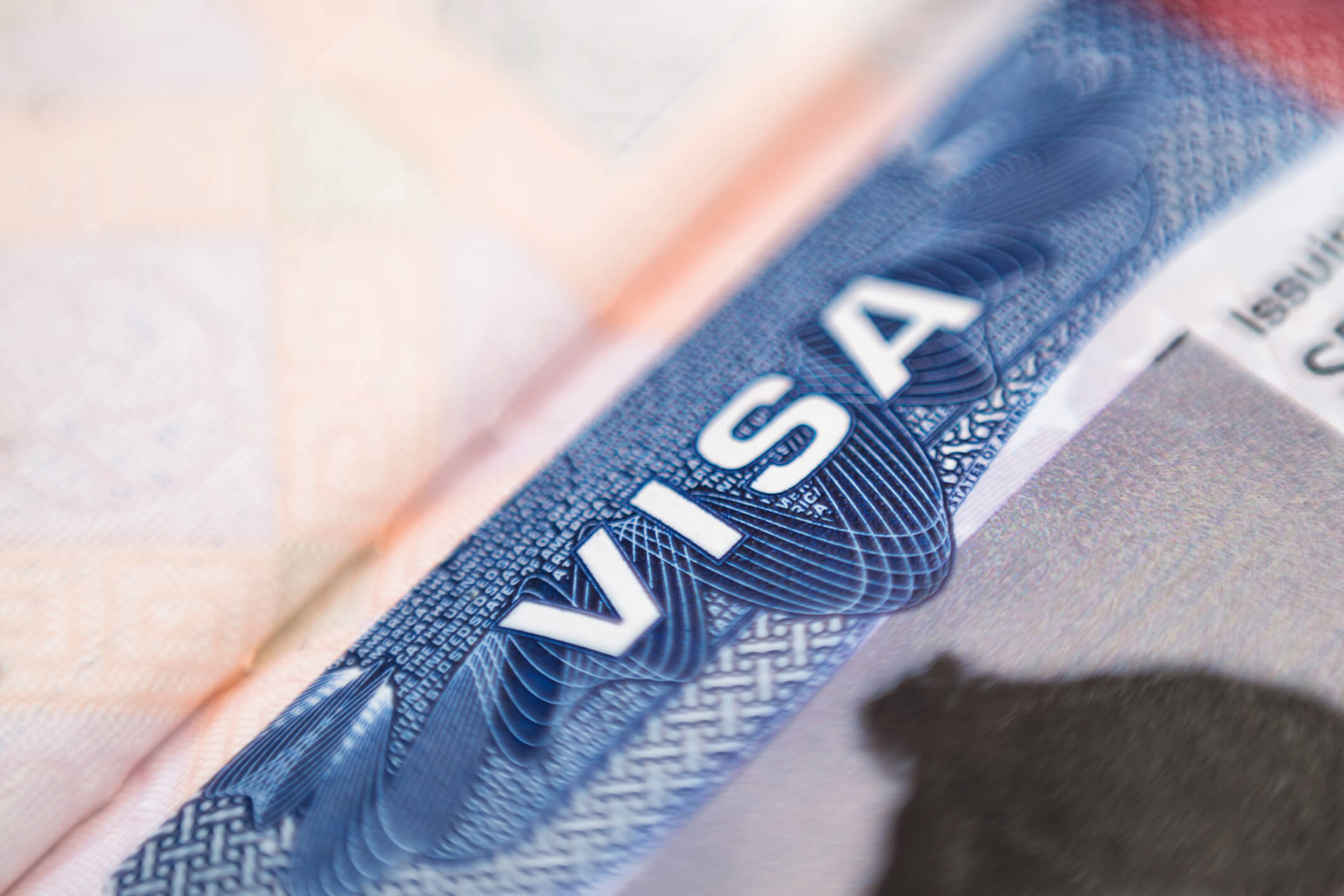U.S. Customs and Border Protection (CBP) is the agency charged with overseeing and facilitating international travel and trade across the borders of the United States. The CBP’s mandate includes responsibility over determining when a traveler, such as a returning U.S. citizen, lawful permanent resident, or an applicant for temporary nonimmigrant admission, may be allowed entry into the United States.
In a recent news release, CBP announced that it had designated 14 ports of entry located along the U.S./Canada border as the preferred processing stations for certain travelers seeking admission to the United States. The announcement concerns only Canadian nationals who seek first-time admission to the United States in either TN or L-1 nonimmigrant classifications under the North American Free Trade Agreement (NAFTA). The announcement is narrowly focused and does not apply to Canadians seeking admission to the United States in other classifications. Likewise, the announcement does not apply to persons of non-Canadian nationalities who seek admission to the United States.
Under NAFTA, qualified Canadian and Mexican citizens may be admitted into the United States in TN or L-1 nonimmigrant classifications for the purpose of engaging in productive employment activities. The TN classification permits qualified Canadian and Mexican professionals to seek temporary admission into the United States to work for a U.S. employer. NAFTA included an enumerated list of professional occupations eligible for TN classification, such as accountant, biochemist, computer systems analyst, economist, or engineer. The L-1 nonimmigrant classification can be used by a multinational company to transfer executives, managers, or certain critical specialized knowledge employees to its offices in the United States. For companies that do not yet have a U.S. presence, the L-1 classification can also be used to send executives or managers to the United States for the purpose of establishing an office and business operations in the United States.
In its announcement, CBP indicated that it had designated the preferred ports of entry for the purpose of “optimizing” processing for Canadian applicants who seek admission into the United States for the first time in TN or L-1 nonimmigrant classifications. The announcement does not provide additional information concerning why CBP has made this change. However, the list of 14 preferred ports of entry include CBP stations where officers routinely deal with high volumes of foreign travelers seeking admission into the United States. These CBP officers would possess a high level of experience reviewing applications for TN and L-1 classifications, and it appears that CBP is recommending first-time applicants to apply at one of the preferred ports of entry to help ensure consistent and fair adjudications.
The list of 14 preferred processing stations includes the following ports of entry (4 of which are preclearance locations):
- Canadian Preclearance Locations
- Lester B. Pearson International Airport, Toronto, Ontario, Canada
- Trudeau International Airport, Dorval, Quebec, Canada
- Vancouver International Airport, Richmond, British Columbia, Canada
- Calgary International Airport, Calgary, Alberta, Canada
- Vermont Locations
- Highgate Springs Port of Entry, Highgate, Vermont
- Derby Line Port of Entry, Derby Line, Vermont
- New York Locations
- Alexandria Bay Port of Entry, Alexandria Bay, New York
- Peace Bridge Port of Entry, Buffalo, New York
- Rainbow Bridge Port of Entry, Niagara Falls, New York
- Champlain Port of Entry, Champlain, New York
- Michigan Locations
- Detroit Canada Tunnel Port of Entry, Detroit, Michigan
- Detroit Ambassador Bridge, Port of Entry, Detroit, Michigan
- Washington Location
- Blaine Peace Arch Port of Entry, Blaine, Washington
- Montana Location:
- Sweetgrass Port of Entry, Sweetgrass, Montana.
Although the ports of entry listed above are now designated as preferred ports of entry, the CBP announcement verified that first-time applicants for TN or L-1 classifications are not prohibited from submitting their applications at one of the other non-preferred Class A ports of entry along the U.S./Canada border.




